I find it comforting to know that some of the world’s leaders are not part of “the headless chicken brigade.” Global-warming deniers have been dubbed “headless chickens” by none other than the Prince of Wales. A royal title traditionally linked with a restrained sort of opulence, the current Prince of Wales is at the forefront of minimalism insulating his home roof with sheep’s wool for starters.
Hailed as “a hero of the environment,” the Prince did not like what he saw at the Building Research Establishment’s (BRE) Innovation Park. Tasked with creating environmentally-mindful living environments, the BRE constructed Innovation Park in order to demonstrate easy-to-build, low-carbon houses for bulk builders to use in their developments. Upon seeing the results at Innovation Park, however, the Prince decided that more could be done; they could do better.
One particular building caught his eye, and he said that he would get The Prince’s Foundation to come up with an alternative. A keystone statement of The Prince’s Foundation is that they, “believe building can be done in a way which is both sustainable and eye-catching at the same time.” This ideology was properly completed in “The Prince’s Natural House.”
Sustainable? Yes. The home’s roof has been insulated with sheep’s wool, and the walls are made of clay blocks with air pockets, which more effectively block out heat and cold than conventional bricks. They are rendered in lime and hemp, natural alternatives to concrete. Triple-glazed windows satisfactorily block the roar of the nearby M1 highway. A passive ventilation system lets in more or less air depending on humidity levels, but that is about the most high-tech piece of gadgetry the home employs.
The idea was to build the house from sustainable materials, defined as grown in the ground or taken from the ground, and design it for people who like the idea of energy-efficient housing without the modernity of most designs. When the house was completed in 2011, the Prince was proud of this accomplishment and jovially said that it does not have “eco-bling” like solar panels, wind turbines, or other high-tech add-ons. Some have chided this approach, stating that these “add-ons” could significantly lessen energy usage, but The Prince’s Foundation thought with practicality; “If you have gadgets that break or are unused, that theory doesn’t hold up.” Instead, the Prince’s Natural House was built with a “fabric first” approach in which the walls, floors, and roof are made to be as robust and high-performance as possible, rather than use cheaper materials and then add solar panels and other equipment to lessen the environmental impact.
What about appeal? The Prince wanted to address the complaint that most eco-friendly homes are severely modern in their styling, which may not appeal to all those in favor of lessening their carbon footprint.As he said it himself: “The Prince’s Natural House doesn’t wear its ‘greenness’ as if it was the latest piece of haute couture.” So, his natural house is a bit Scandinavian-inspired, and the interior styling is more “Country Living” than “Vogue.” There are solid-wood cabinets, slate countertops, and minimal stainless steel. There is a wood-burning stove, wall heaters, wool carpets, and according to Cosmin Ticleanu who lived in the home for a year to test it out, “a good, homey feeling.”
The BRE’s McKeown says that the house has attracted significant interest among the 60,000+ people who have visited the park. Though the home has yet to be copied by mass builders, many of them have started adopting the use of air-pocketed clay bricks in some of their homes.
If it has been so popular with visitors, then why has it not caught on with developers? The truth is that a volume home-builder can build more cheaply than this, still affordable, house which can be built for under €280,000, but Ben Bolgar, Senior Director at The Prince’s Foundation, says that “we feel the attraction and flexibility of this home would be of very good value for the right sites.”
The home itself is still working out some kinks: the lighting could be brighter in some areas and the automatic ventilation system has had to have manual intervention, but overall, it is a comfortable and livable alternative to mass building from our royal friends across the pond. As Bolgar puts it, “The biggest contribution is [to show] that sustainability can be beautiful and simple.” (Images: Prince’s Foundation for Building Community)
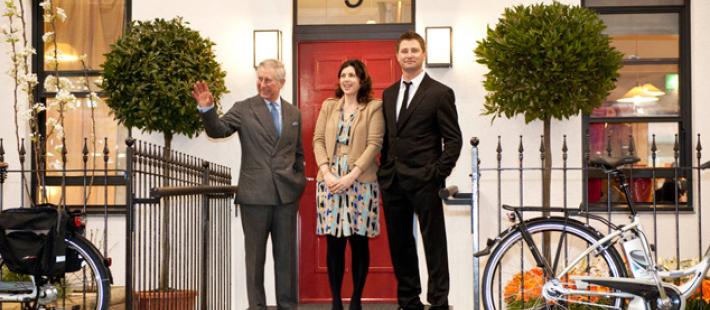

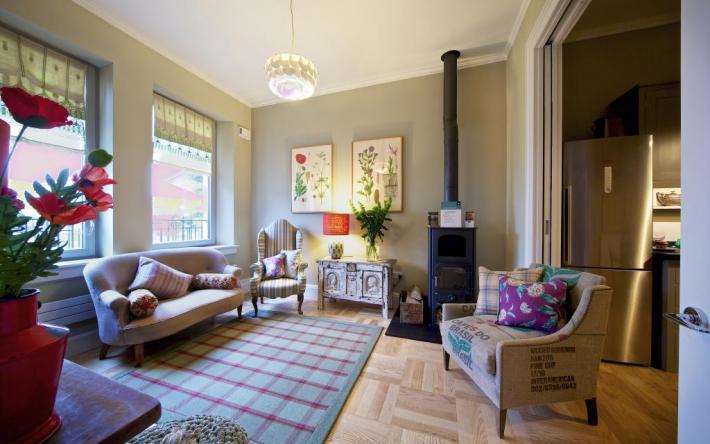
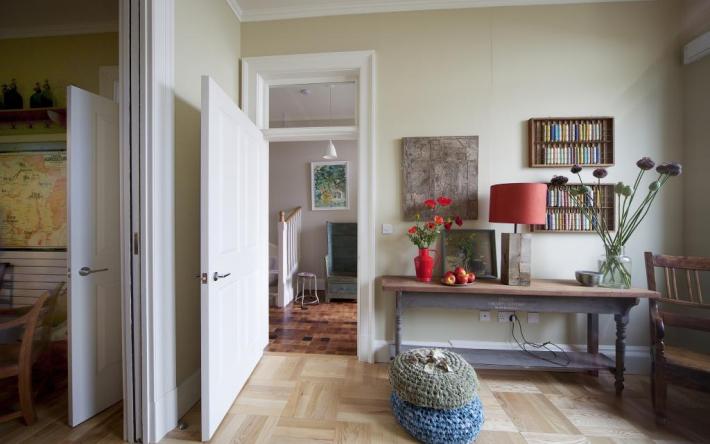
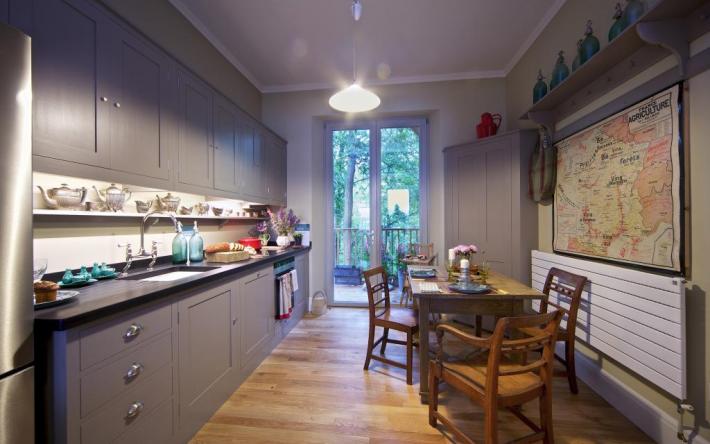
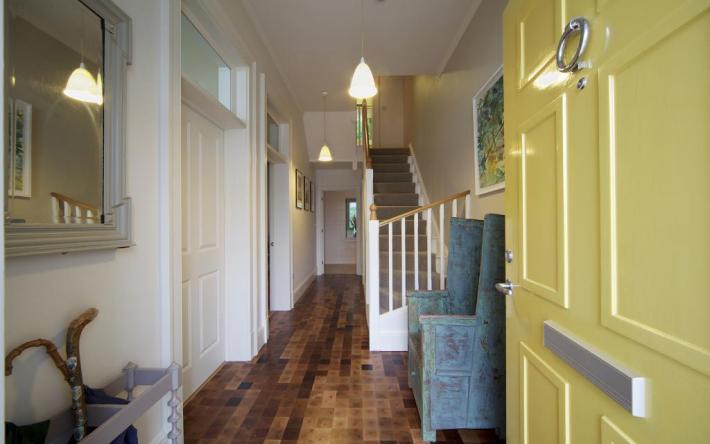
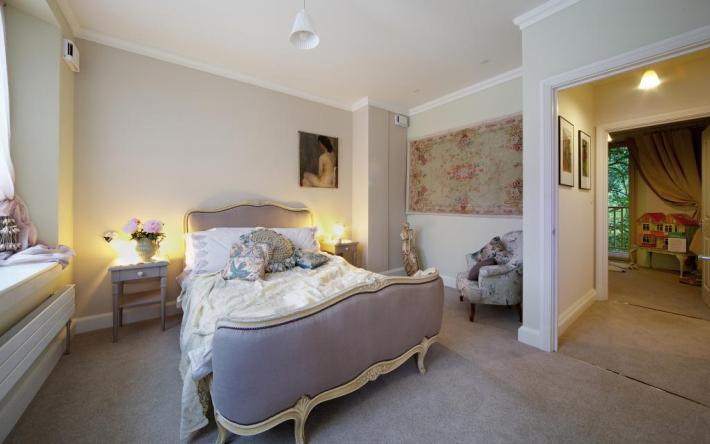
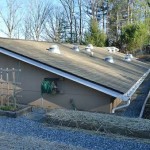 Ehlers’ Earth-Bermed Home in North Carolina so Bizarre but Energy-Efficient
Ehlers’ Earth-Bermed Home in North Carolina so Bizarre but Energy-Efficient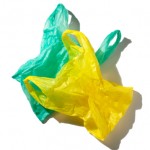 To Ban or not to Ban Plastic Bags in San Jose?
To Ban or not to Ban Plastic Bags in San Jose?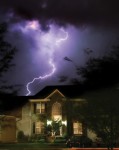 Why we’ll Weather This Storm and Any Other They Throw at Us!
Why we’ll Weather This Storm and Any Other They Throw at Us!